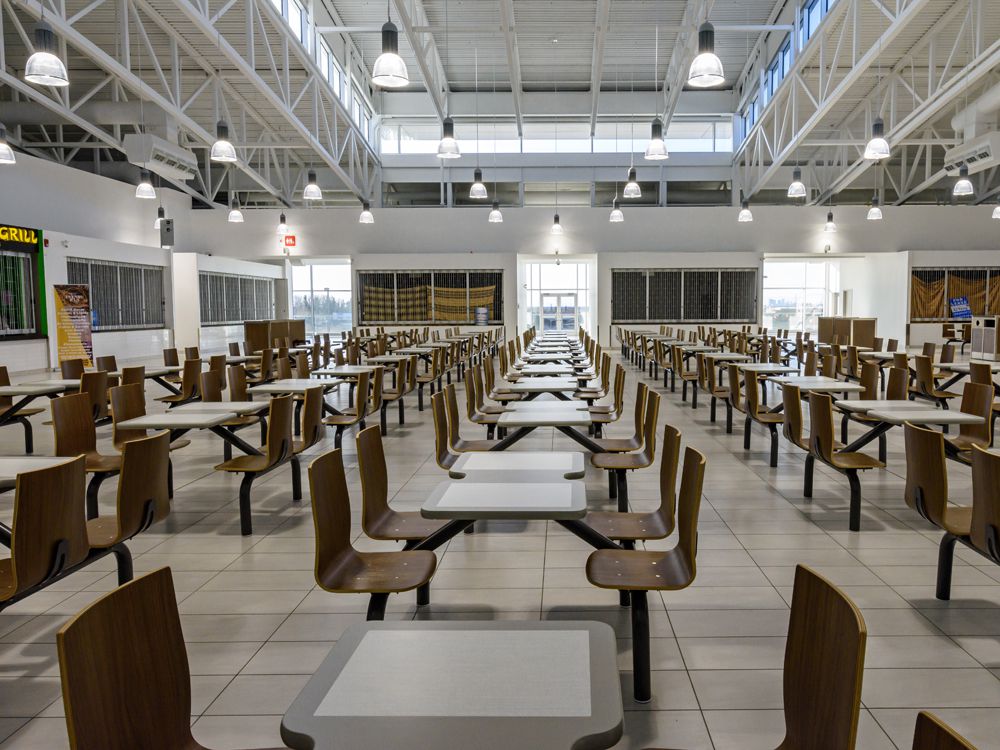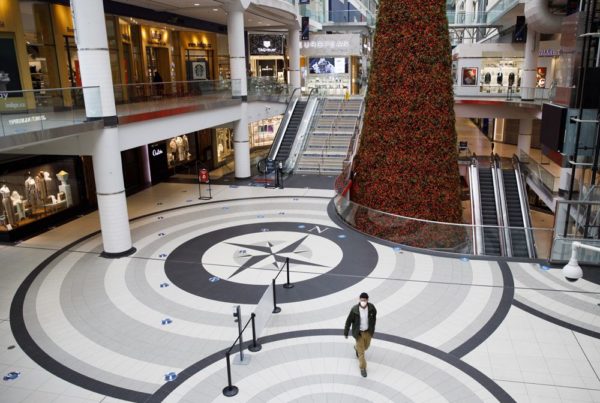Article content continued
Other than the odd one … nobody has built a mall in 25 years. There’s a reason
Ed Sonshine
Sonshine said the top 20 malls in Canada, such as the Eaton Centre in Toronto and Pacific Mall in Vancouver, are the most likely to survive.
“The truth is, anything other than those top 20 have been struggling for the last 10, 15 years,” he said, but he added that “once this pandemic is gone, people will like hanging around malls. People love food courts.”
The common food court, however, is “a tired and broken model,” according to the Deloitte report.
Historically, fashion retailers were the main attraction for malls, while food courts were just a place to get a snack in between store visits. But the shift to e-commerce, which has sped up considerably in the pandemic, has made clothes a less effective traffic driver for malls.
“This means that malls will need to find something else to fulfill the role of main attraction. One of those somethings is food,” the Deloitte report said. “A renaissance is coming.”
Malls have already started experimenting with new models to feed the masses, such as food halls that feature more local food merchants and restaurant groups, rather than national fast food chains.
Deloitte also noted that some malls have clusters of restaurant tenants, outside the typical food court area, all using a common kitchen.

MTY Food Group Inc. — which owns several fast-food chains common in food courts, including Manchu Wok and Mr. Souvlaki — on Friday announced that COVID-19 has accelerated plans to shrink its business in malls.
Source link





